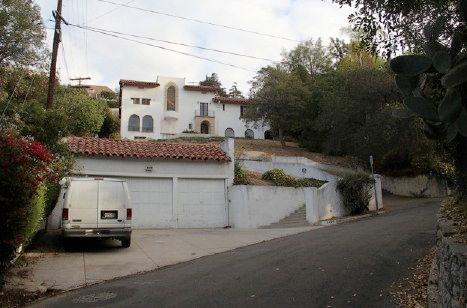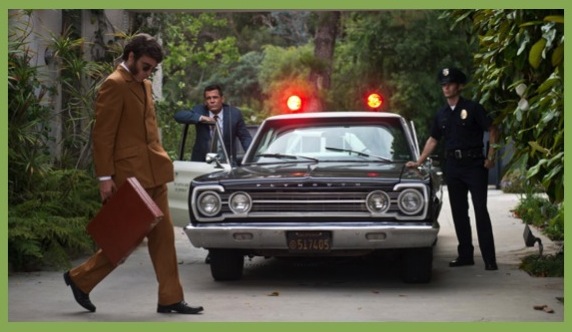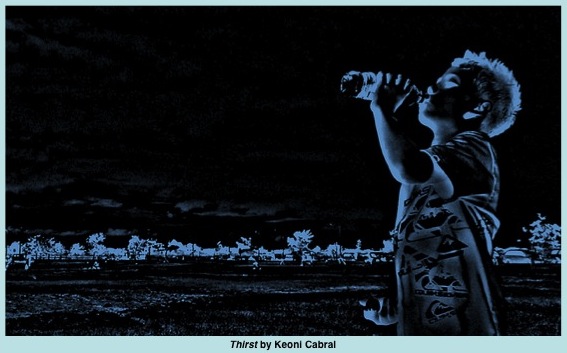Sat 2 Dec 2023
All Weird Things, Episode 7 – The Fire Witch
Posted by PJ under all weird things, bullies, neurodivergent, obsession, outsider, persecution, reincarnation, research, visions, witches
No Comments
When I was thirteen or so I invited my friend Margaret over and we spent the whole day together, had dinner with my parents, then sat around the “campfire” in the backyard. This was an old metal barbecue that my father set up on the large concrete slab at the back of our house where we could burn wood and enjoy the balmy summer night air. Margaret was a tall, gangly, unstylish girl (I was also not particularly stylish) who wore her light brown hair in a bowl cut all through junior high and high school. I don’t know if that was a decision of her parents or not (they were quite strict). She had very straight hair, which would have been totally the style in the 60s and 70s if she had just let it grow out. She got made fun of. My recollection is that her family was large and rather poor. We weren’t rich, either, but we were hospitable. I was never invited to Margaret’s house. The very idea of inviting me seemed to make her nervous. Something odd there. I never figured out what and didn’t inquire. She craved love and friendship, a refuge from the teasing and disdain of the cruel teenage years. She was often downcast and depressed but lit up whenever anyone paid her attention.
She was one of my strays. I always brought kids home who were outcasts (like me), who the cool kids shunned. Or I invited them to spend school lunches with me and my outcast friends. (Lunching rituals were extremely important in junior high and high school.) Recently, I was talking about this to another friend I’ve known since I was twelve and she said, “You were always sort of the den mother of our little group,” and I guess I was. A very old pattern going back to at least elementary school. Which is odd, since I’m an introvert who treasures my alone time.
So, Margaret and I sitting by the fire. I don’t remember if she stayed the night, but we were staring at the flames and talking well into the night. Eventually, we lapsed into a pleasant silence, each in our own reverie. And from one moment to the next, I was there in the backyard and also inside the flames. I had a vivid, absolutely realer-than-real vision of myself tied to a stake while flames rose around me. In the vision, I was screaming and looking out at the faces of the people watching me burn—a nighttime sky, their faces made pasty by the light of the flames, yelling, “Burn, witch!” Their expressions were pure hate mixed with glee at the spectacle of my punishment. Just their faces. No details of clothing except I think it was dark. I even smelled flesh burning and knew it was mine. (It smelled of burned hot dogs and, no, we didn’t roast dogs that night.) The name “Sylvia Thackby” popped into my head, and I had the complete conviction that was my name and who I was.
Then it was done. So vivid, so intense, so real. I turned to Margaret feeling the panic bubbling inside me.
“What’s wrong?” she asked.
So I told her, all of it. I could see it bothered her a great deal, and why wouldn’t it? That was some crazy ass talk. (In retrospect I have to wonder if that’s why we stopped hanging around so much. She didn’t need a crazy person for a friend.) But I was full of manic enthusiasm. I wanted to research Sylvia Thackby. This was long before the internet, though, and I didn’t have the resources to travel to the kinds of libraries where I might get more information. I was just a kid. I had to let it go at the time. I have periodically fallen down the internet rabbit hole since and learned a few things.
First, accused witches in England and America were hung, not burned. The burning happened in Scotland and the Continent. So, if Sylvia existed she was probably in one of those places. My instincts even at the time of the vision told me it was the British Isles. The last legal execution of accused witches in Britain happened in the 17th century, and those accused were hung. (That doesn’t mean illegal burnings didn’t happen. They most assuredly did. In fact, a woman named Bridget Cleary was burned in Ireland in the late 19th century by her loving family who thought she was a changeling.)
Second, the name Thackby exists, but it’s not common. Most of the scraps of information I’ve found seem to settle in the Yorkshire area. Yorkshire was a hotbed of witch belief in the 17th century (probably earlier and later as well), but most legal executions there were hangings, I believe. I did find a list of servants from an estate in Warwickshire called Finham Park (from the Stoneleigh Parish Census of 1861). A young cowman named Christopher Kirby employed there listed his birthplace in 1844 as Thackby in Oxfordshire. (An infamous unsolved murder of a supposed “wizard” occurred in Warwickshire in 1945, so it was not without its own witch hysteria.) A Google search of “Thackby Oxfordshire” brings up information on a town called Beckley, but no mention is made of Thackby in the Wikipedia article, so I don’t know what that’s all about. I do know that on July 26, 1640, Thomae Thackby baptized his daughter Maria in the Yorkshire parish of Kirk Ella, which until 1878 covered a seven mile area including part of what is now the Newington Parish of Hull and surrounds. The records of Kirk Ella stretch back to 1558. Witchcraft was made a capital offense in Britain in 1563. Also, I learned that a soldier named Levi Berry was K. I. A. in World War I in 1916. He enlisted in 1915 and his papers list his birthplace as “Thackley – Bradford – Yorkshire” where he was born on July 28, 1890. I even found one entry for a current resident of Hull with the last name of Thackby (first initial only), but I would never bother him or her with anything so foolish. This is my airy fairy obsession, after all, and nothing to do with that poor soul.
Third, the name Sylvia was not common in the British Isles until maybe the 18th century and that was mostly amongst the nobility and the rich. Sybil would have been a more likely name for a commoner and I got the distinct impression my girl was a commoner.
So I know a lot more than I did on that long ago campfire night but still not much. It has led to a lifetime fascination with witch accusations and persecutions. (The Devil in Massachusetts by Marion L. Starkey was the first nonfiction book I read cover to cover.) And I have always had a morbid fear of fire. Still, it could all be an elaborate hypnagogic vision that my neurodivergent brain turned into an obsession. I want to say that I don’t think so, that it has always from that night on carried the heavy internal weight of conviction, but who can say? That vision or dream or memory is as vivid today as it was that night.
I still need to check alternate spellings of Thackby (there are a number) and the genealogical sites but this is a casual obsession nowadays. I don’t really expect to find Sylvia Thackby no matter the spelling. If she existed, she was probably an outcast, some poor, odd or odd-looking woman who lived on the margins. Such people don’t leave historical records. Although the Scots and English kept good records of who they persecuted, many records were lost and it’s very possible Sylvia’s execution was vigilantism rather than de jure. But I’ll probably keep searching in my haphazard way. For one thing, it’s always fascinating to look.
And what about Margaret? We hung out a lot in junior high, but when we transferred to the larger student population of Venice High we kind of lost touch. We’d see each other now and then but had different friend groups. It happens. After graduating high school I only saw her one more time. About a year and a half later she called me out of the blue and asked if she could come over and introduce me to her…baby.
I was gobsmacked, to say the least, but I said sure. She arrived with a chubby baby in tow—about 9 or 10 months I’d say—but I can’t remember if it was a boy or a girl. (I’m going to call him a him since I don’t want to say “it.”) She’d finally let her hair grow and looked much more in the mode of the day, but still hardly stylish. She said she’d gotten pregnant by some guy who declined to marry her. Maybe it was still under negotiation, maybe a done deal. I wish I remembered. I felt sorry that she had the responsibility of raising a child on her own at such a young age. That feeling was counterbalanced by her excitement over the baby and the incandescent love on her face when she looked at him. Finally, here was someone she could love with all her heart who loved her back and needed her as much as she’d always wanted. She left, we promised to call, we never did, and I never saw her again. The usual casual carelessness of youth.
Margaret is lost to my personal historical record. I could probably find a trace of her if I wanted to join Facebook (I do not) or one of those alumni associations (again, no). I don’t imagine that incandescence lasted. It rarely does in life. But I can hope it did, can’t I? I can hope that the flames of life never reached her, the burning joy remained. I feel somewhat guilty that I don’t know. Then again, maybe it’s best I don’t. Some searches are best left abandoned.







